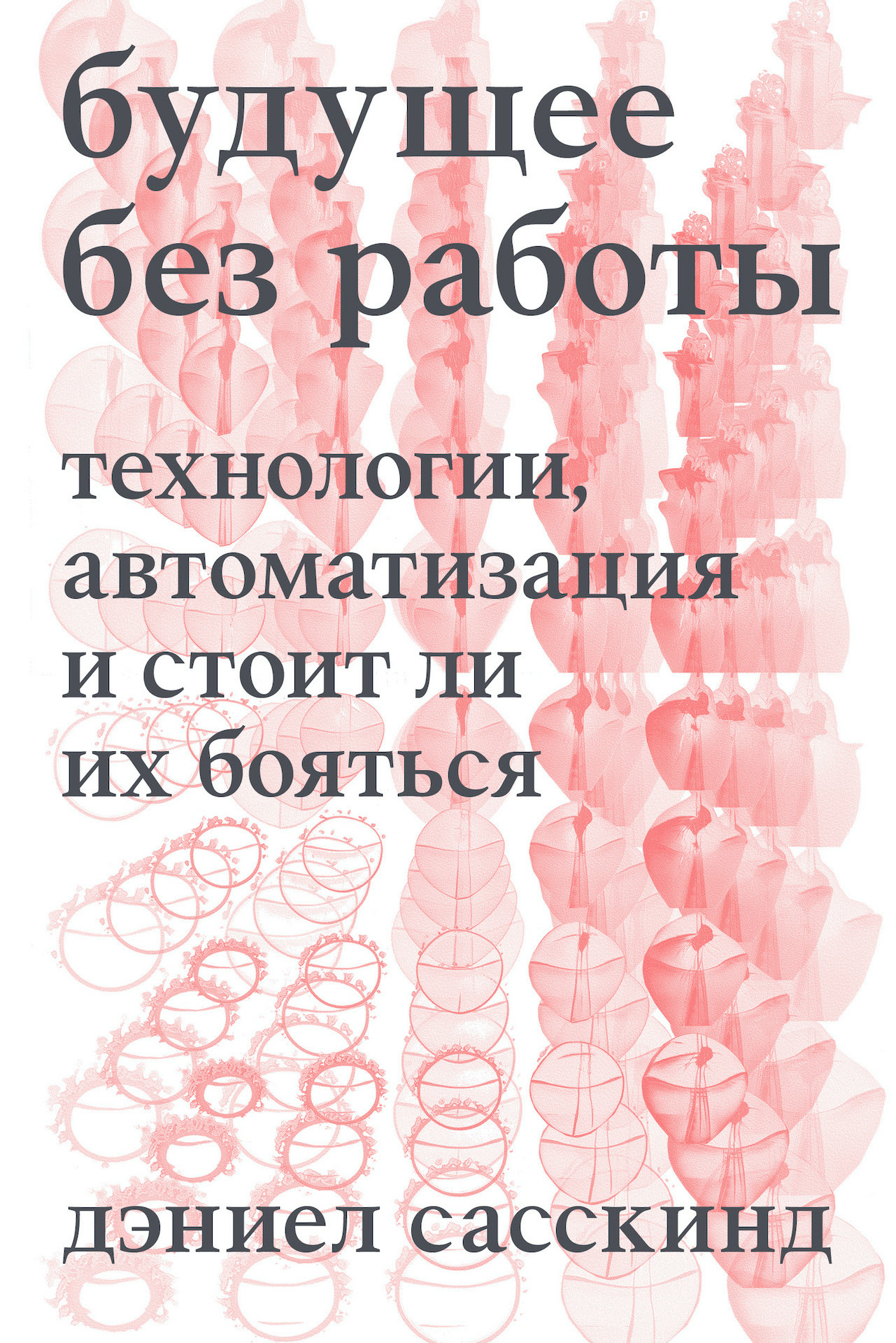Книга Генный апгрейд. Почему мы пользуемся устаревшей моделью тела в новой модели мира и как это исправить - Мартин Модер
Читать книгу Генный апгрейд. Почему мы пользуемся устаревшей моделью тела в новой модели мира и как это исправить - Мартин Модер полностью.
Шрифт:
-
+
Интервал:
-
+
Закладка:
Сделать
Перейти на страницу:
Перейти на страницу:
Книги схожие с книгой «Генный апгрейд. Почему мы пользуемся устаревшей моделью тела в новой модели мира и как это исправить - Мартин Модер» от автора - Мартин Модер:
Комментарии и отзывы (0) к книге "Генный апгрейд. Почему мы пользуемся устаревшей моделью тела в новой модели мира и как это исправить - Мартин Модер"












